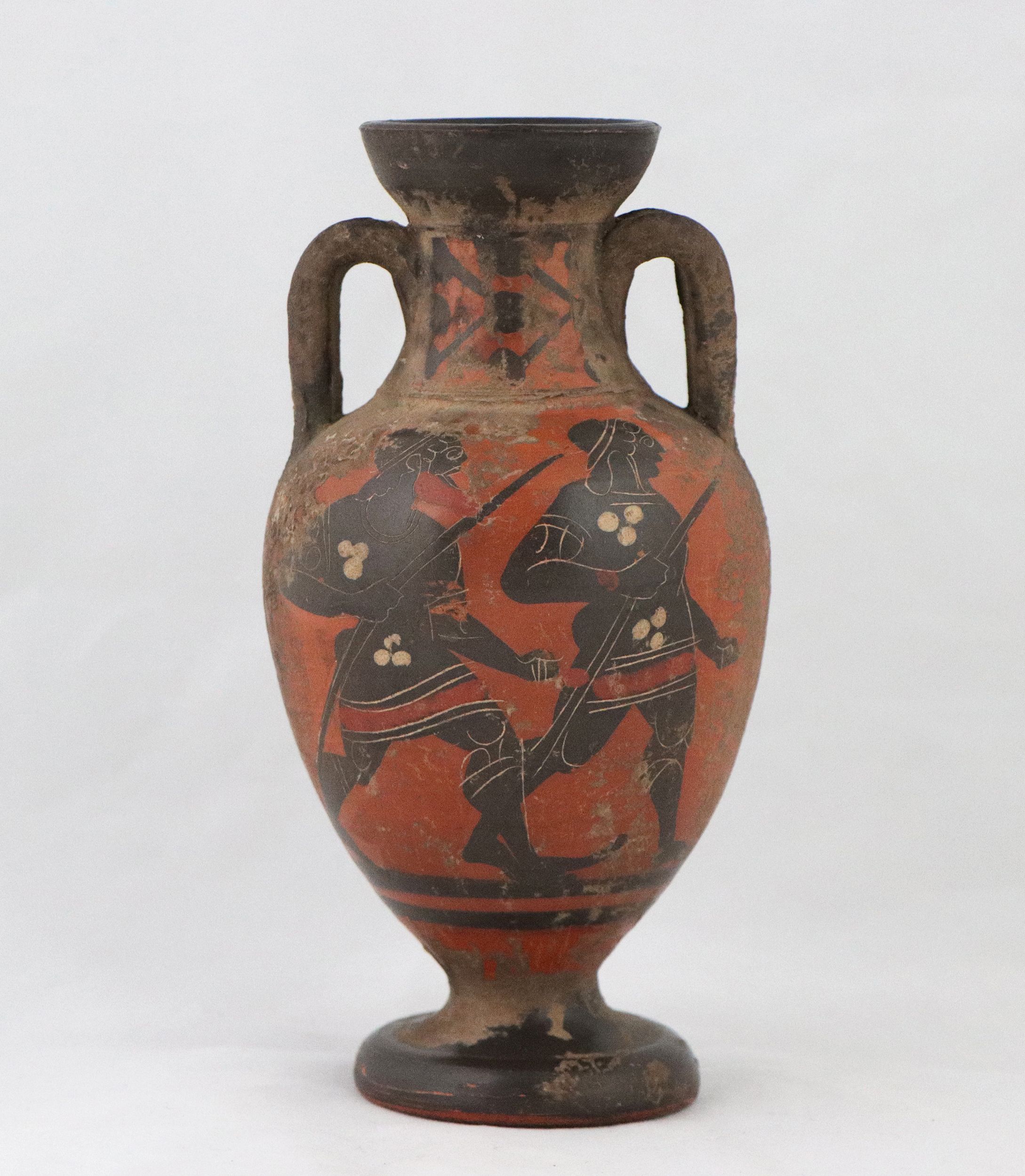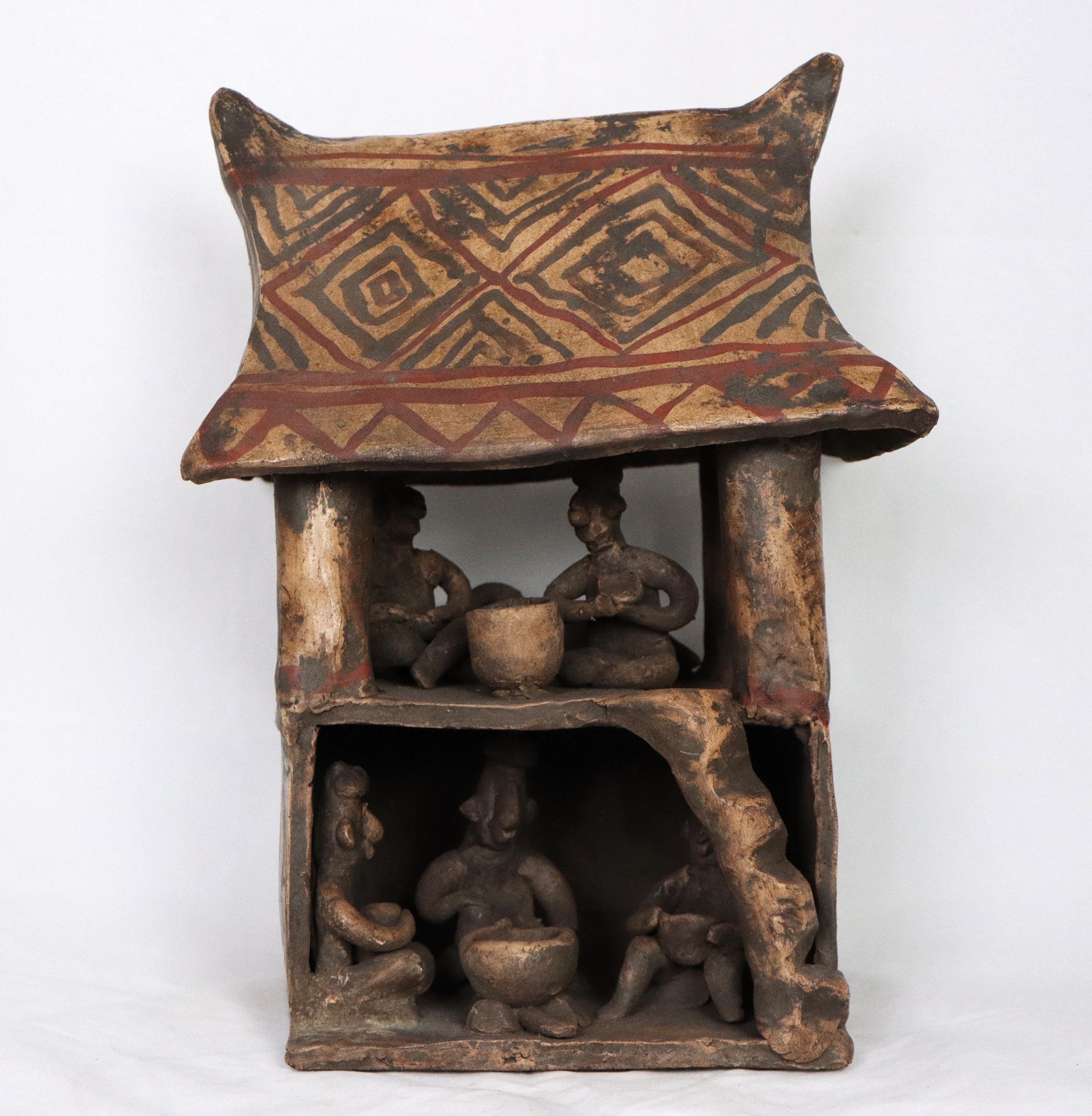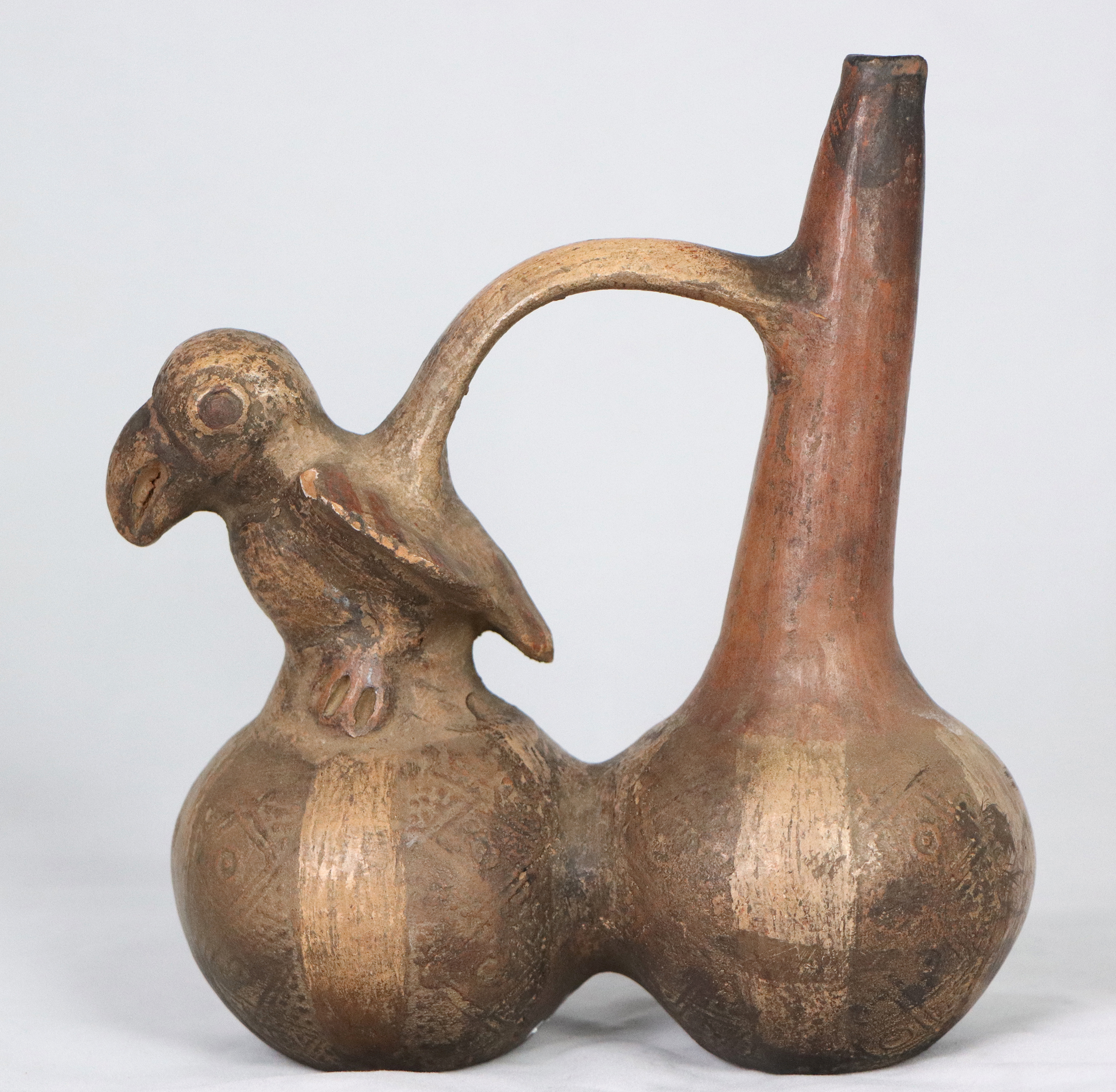When we learned that the Sadigh Gallery pieces in our collection were fake, we were left with the big question of “What now?” but there was also a sense of relief that they were not looted. Suspicious pieces like these without a provenance are usually discovered to be looted; an ever-growing problem in museum spaces. Millions of artifacts across the world are stolen from archaeological sites, hindering researchers and historians from ever being able to learn anything from these pieces or their cultural significance. Looted antiquities are the trophies of colonization in major museums across the globe. The large quantities of looted artifacts exist because of the willingness of buyers to turn a blind eye to the provenance or authenticity of pieces. The high demand of Western consumerism is met by both looting and forgery. On one hand, the looting of antiquities strip an object of its time and setting, and can further displace the culture and history of where it originated. On the other hand, forgery of antiquities, once discovered costs a lot of time, resources, and money to deal with and ruin the reputation and reliability of museums. Forged artifacts also inherently insult the authentic pieces they mimic to feed the growing demand for artifacts from museums and especially private collectors. This balancing act of ethics is what has made the uncovering of the Sadigh Gallery manufacturing turn into a more complex discussion within the museum space and online platforms. Is Sadigh Gallery a hero for redirecting hungry consumers from funding looters to fake art instead? Or is it the villain for making a mockery of the authentic counterparts, displacing and invalidating the sacredness of the original culture and piece?





